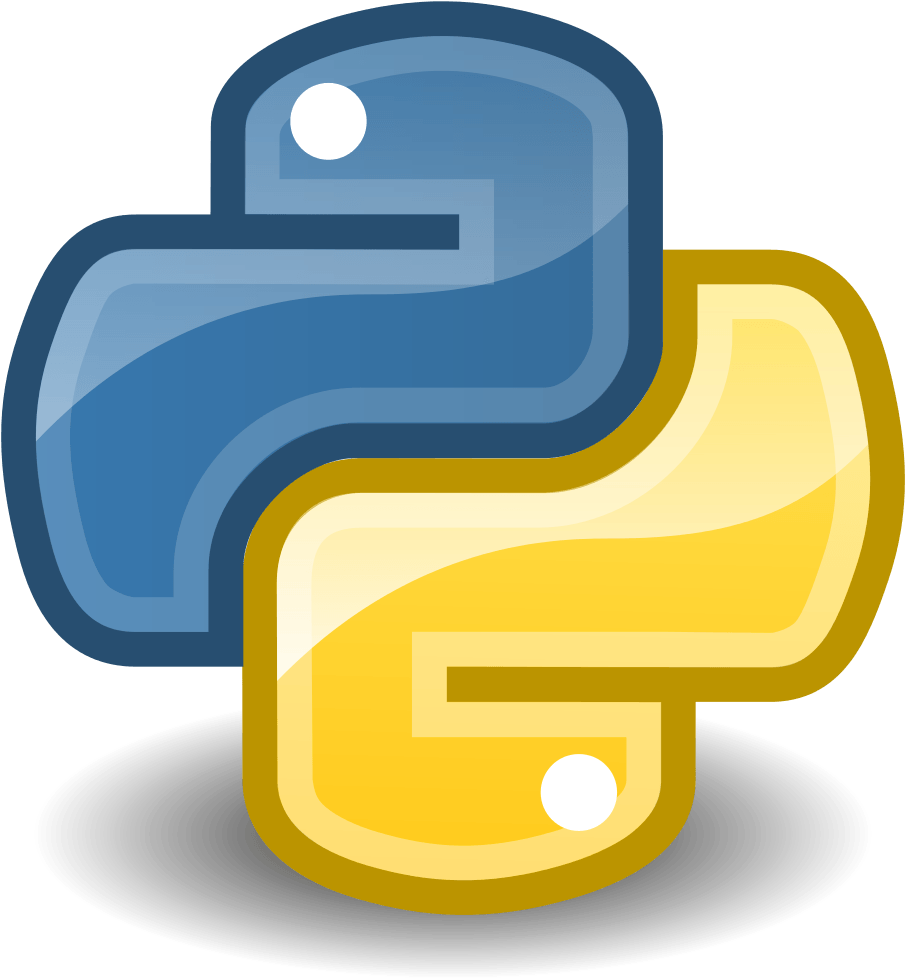Python is a high-level, interpreted programming language known for its simplicity and readability. It was created by Guido van Rossum and released in 1991. Python supports multiple programming paradigms, including object-oriented, procedural, and functional programming.
Key Features of Python
- Easy to Read & Write: Uses simple and clean syntax.
- Interpreted Language: Executes code line by line, making debugging easier.
- Dynamically Typed: No need to declare variable types explicitly.
- Extensive Libraries: Includes libraries like NumPy, Pandas, TensorFlow, and Flask for various applications.
- Cross-Platform Compatibility: Runs on Windows, macOS, and Linux.
- Strong Community Support: Large community with vast online resources.
Applications of Python
- Web Development: Using frameworks like Django and Flask.
- Data Science & Machine Learning: With libraries like Pandas, NumPy, and TensorFlow.
- Automation & Scripting: For automating repetitive tasks.
- Game Development: Using libraries like Pygame.
- Cybersecurity: Used in ethical hacking and penetration testing.
Because of its versatility and ease of use, Python is widely used in industries like finance, healthcare, AI, and more. 🚀


